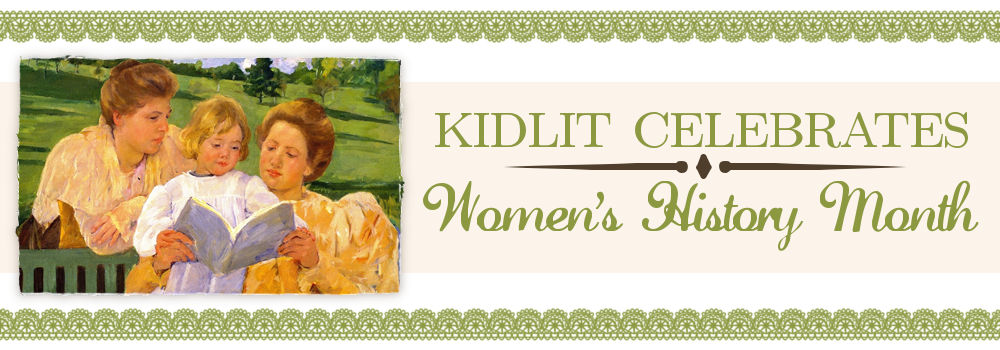March 6 - Today's post contributed by Sue Macy
Roller Derby Rebels, Then and Now
 |
| Gerry Murray |
 |
| Midge Brasuhn |
My fascination with Roller Derby in the 1940s led me to write Roller Derby Rivals, a nonfiction picture book, illustrated by Matt Collins, about Toughie and Gerry during a memorable New York City series in 1948. I had touched on the Derby years before in my book, Winning Ways, but now I dug deeper. I read every article I could find in the half dozen New York dailies that covered the bouts, along with lots of background material on Derby history, Toughie and Gerry, and the development of television. (The Derby and TV had a symbiotic relationship, each feeding interest in the other.)
I also did research on the rebirth of Roller Derby. Early in the 21st century, the sport saw a groundswell of grassroots participation, driven, appropriately, by women. In 2005, the Women’s Flat Track Derby Association was formed to set standards for leagues around the world, and in 2011, teams from 13 nations competed in the first women’s Roller Derby World Cup. A check of statistics at the end of last month found 3,139 women’s flat track teams and 246 men’s flat track teams worldwide.
Of course, there are differences between the Derby as played by Toughie and Gerry and the current generation of skaters. Toughie and Gerry were professionals, while today most skaters pay to play. The early Derby stars competed on a banked track, shaped like the top of an inverted cone, which allowed them to create more speed and more dramatic moves. Most teams now skate on flat tracks. And skaters in Toughie’s and Gerry’s day exaggerated the drama and the violence in order to build audiences and satisfy the fans. Today’s game is still fast and exciting, but the emphasis is on safety. Skaters usually are required, or at least strongly advised, to purchase personal accident and liability insurance.
Even today, though, Roller Derby seems to attract rebels, channeling the spirit of Toughie and Gerry and their compatriots. At the first match I attended, featuring New Jersey’s Ironbound Maidens, the clear standout was an elegant-skating, tattoo-covered powerhouse aptly named Jenna von Fury. I once wrote that in the 1940s, Roller Derby was “the most liberating women’s sport of its time.” One could argue that it still is.
Sue Macy has written more than a dozen nonfiction books about sports and women’s history. Although she prefers to have her feet planted firmly on the ground, she can imagine another life where her Roller Derby name would be Bodoni Bold, after the typeface she used when she was editor of her junior high school newspaper.
Photos courtesy of the National Roller Derby Hall of Fame & Museum
Editors Note:
Holiday House has prepared an Educator's Guide for Roller Derby Rivals.













No comments:
Post a Comment